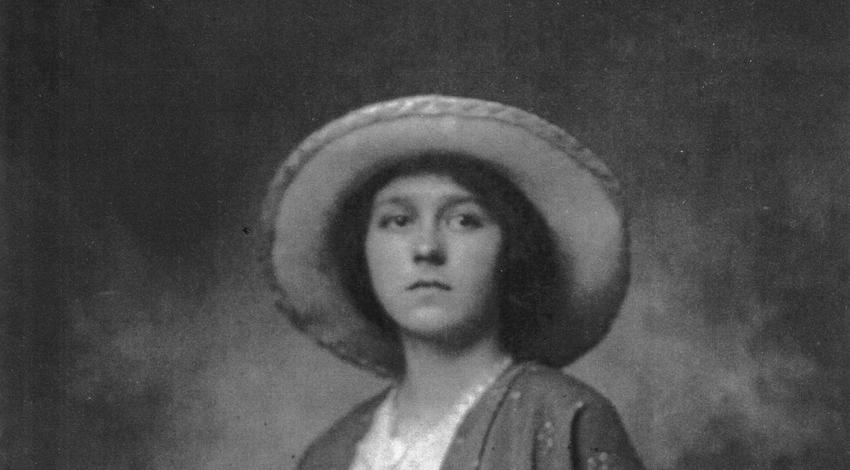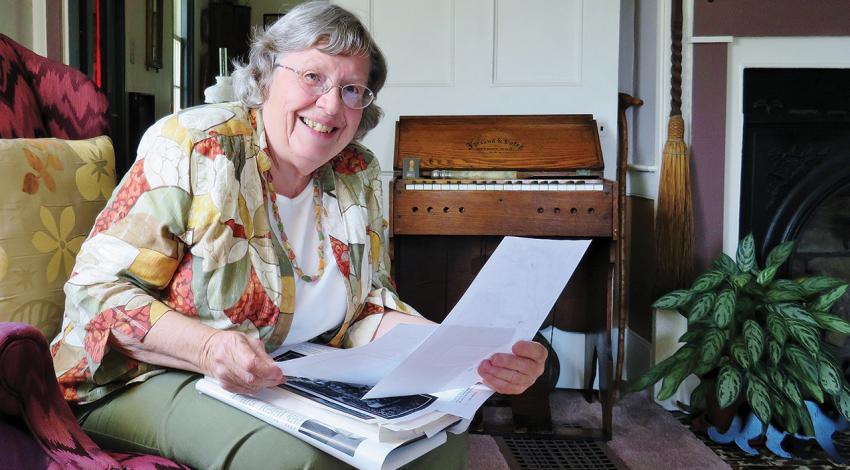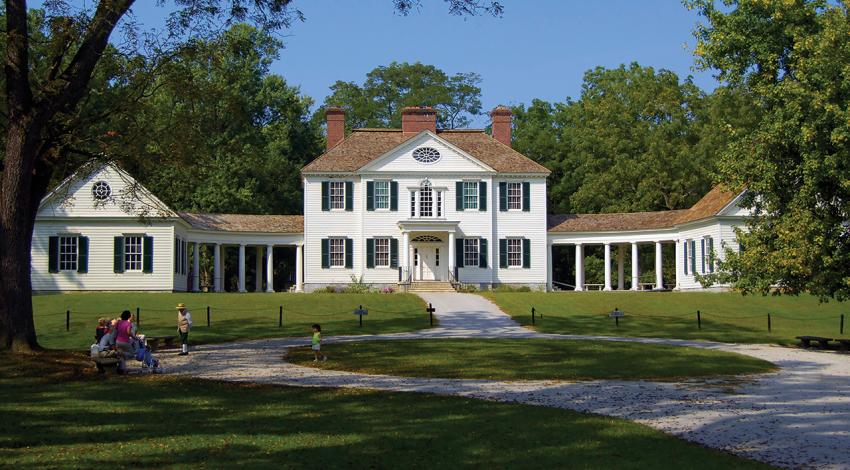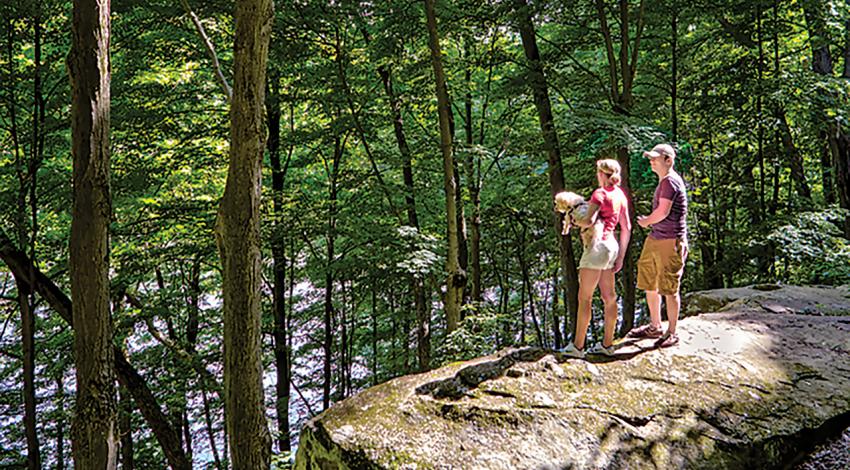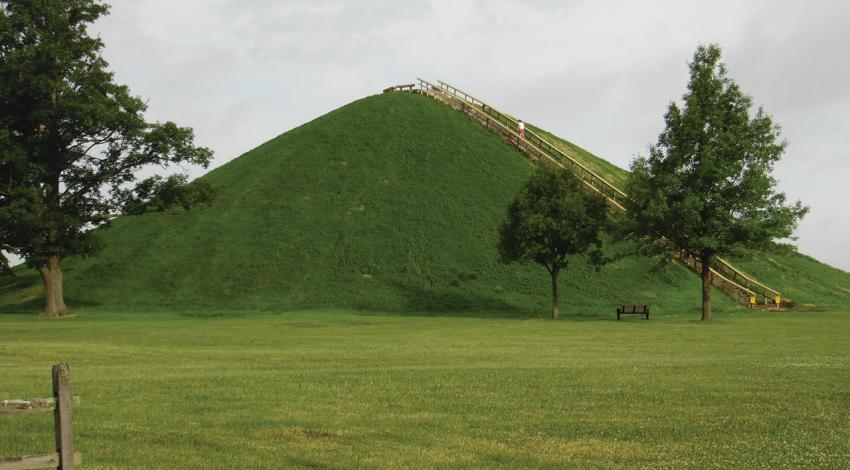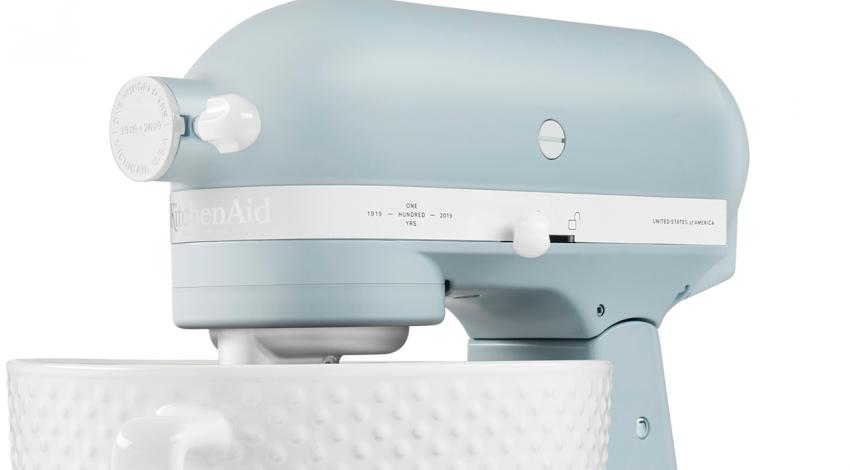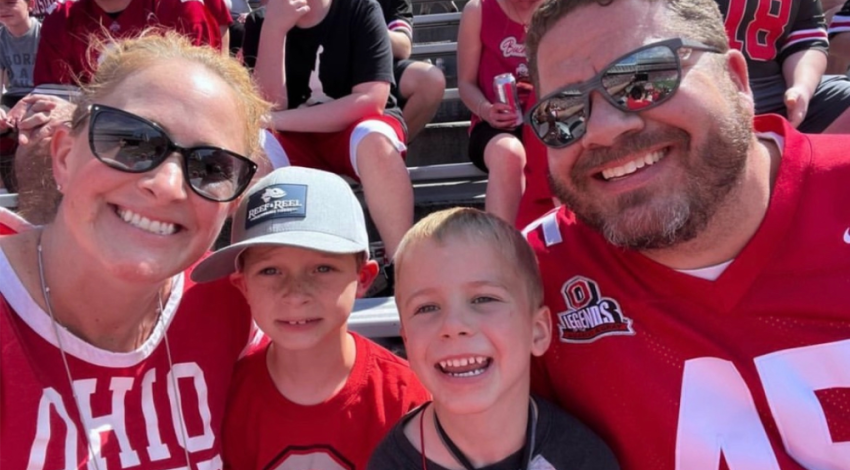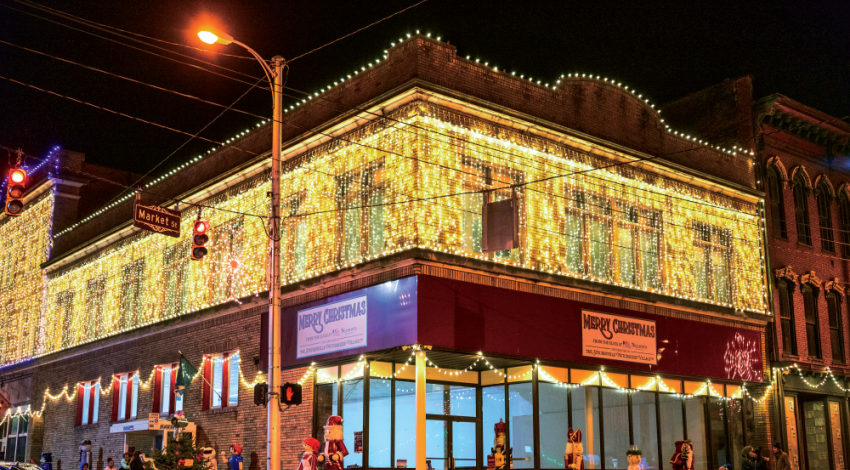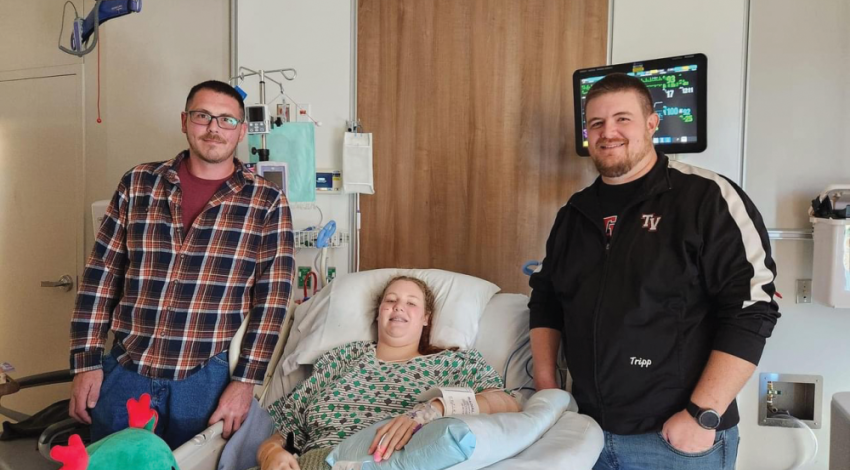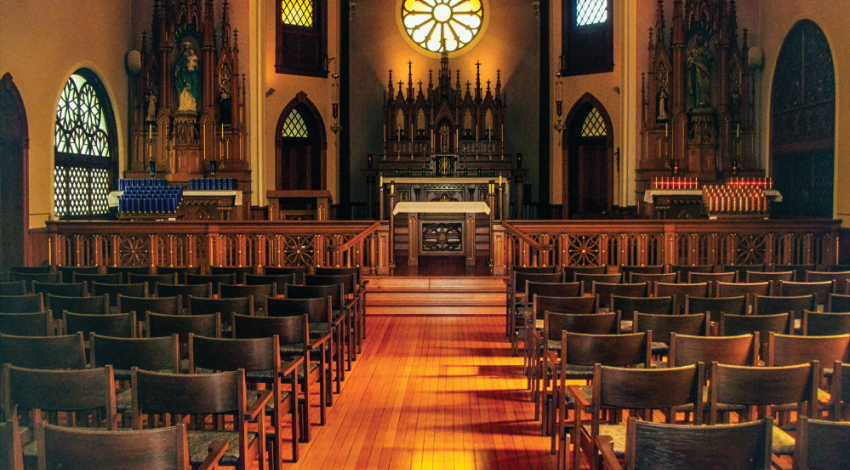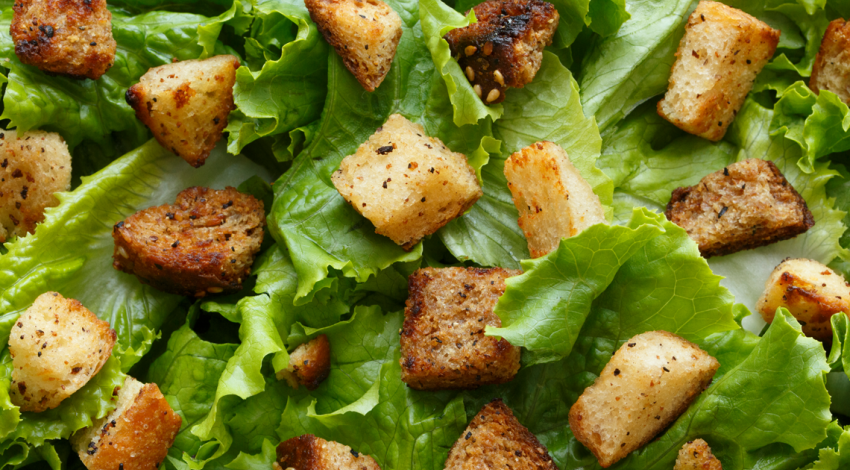In November 1927, Edgar Foy and Rose Waldron were delivered to the Ohio State Penitentiary for their part in a violent robbery.
Widow with a badge
Born in 1893, Maude Collins was the granddaughter of Randall McCoy, patriarch of the McCoy clan during its infamous feud with the Hatfields. Maude’s husband, Fletcher, was a former Navy fireman and a popular sheriff. Fletcher, however, was shot in October 1925 while attempting to serve an arrest warrant, leaving Maude to raise their five children alone.
